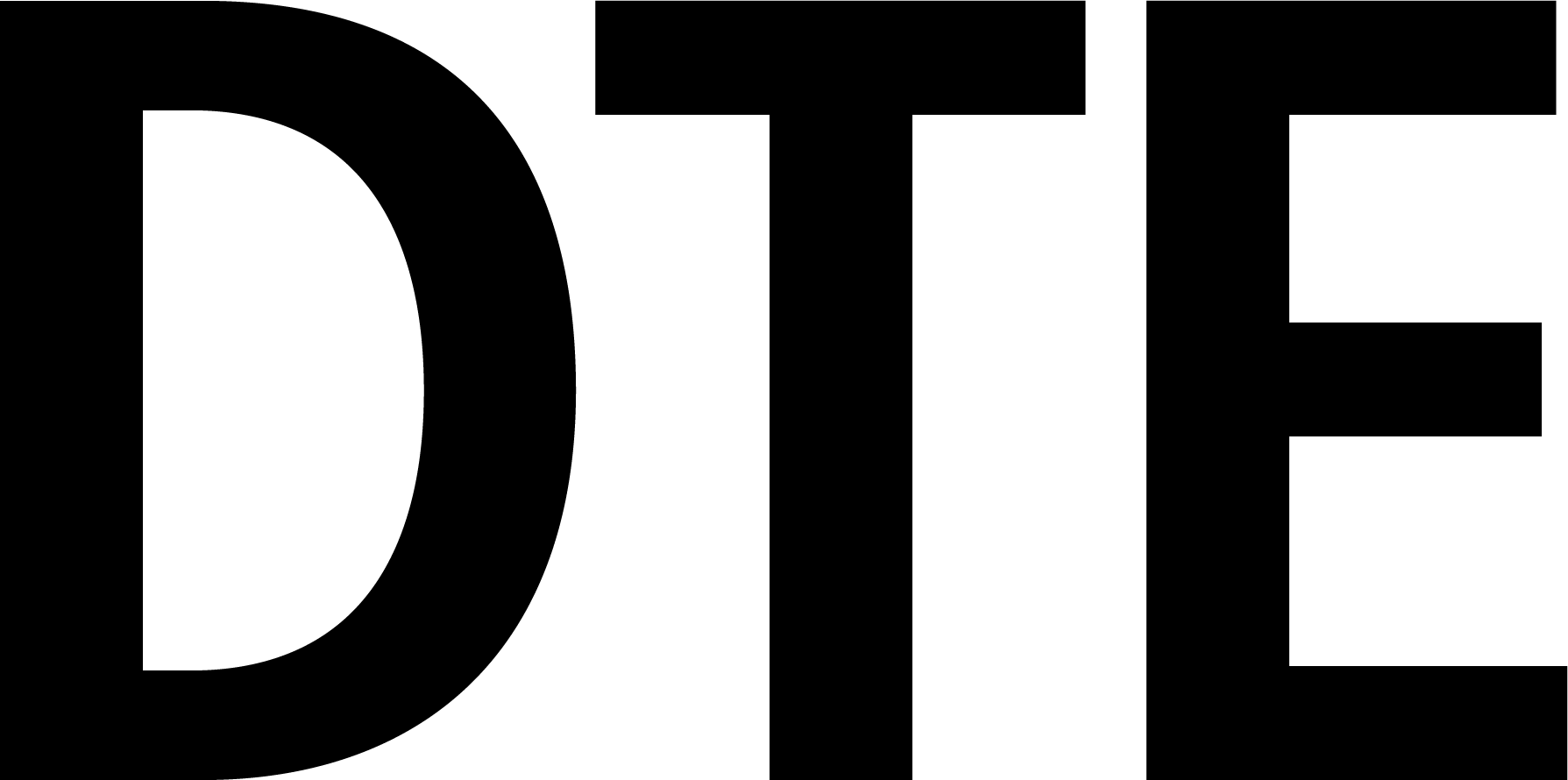

India’s demand for mobile phones is almost insatiable. Telecom companies are falling over themselves to cash in on it, even if it means resorting to unethical deeds


Whether it’s the high-profile 2G scandal or the Antrix-Devas deal, spectrum has been at the centre of both the controversies. In the 2G case, former telecom minister A Raja gifted away 2G spectrum licences to nine telecom companies at very low rates. The Comptroller and Auditor General of India (CAG) put down the loss to government in the deals at Rs 1.76 lakh crore. In the Antrix-Devas deal, Devas Multimedia Pvt. Ltd., constituted by former ISRO employees, entered into a contract with Antrix Corporation, ISRO’s commercial arm. ISRO sold 70 MHz in the 2.5 GHz spectrum at throwaway prices to Devas. CAG estimates the loss of revenue to the government from Antrix’s deal with Devas at Rs 2 lakh crore.
A look at what spectrum is all about:
When the mobile phone was first launched about two decades ago, not many envisioned that such a bulky and expensive device would go on to become one of the world’s most indispensable modes of communication. But despite its omnipresence many people are still ignorant how it functions.
 Energy travels in the form of waves known as electromagnetic waves. These waves differ from each other in terms of frequencies. This whole range of frequencies is called the spectrum. In telecommunication like TV, radio and GPRS, radio waves of different wavelengths are used. They are divided into bands based on frequencies (see ‘Radio spectrum’). Mobile
Energy travels in the form of waves known as electromagnetic waves. These waves differ from each other in terms of frequencies. This whole range of frequencies is called the spectrum. In telecommunication like TV, radio and GPRS, radio waves of different wavelengths are used. They are divided into bands based on frequencies (see ‘Radio spectrum’). Mobile .jpg) phones use two technologies based on different parts of the radio spectrum— GSM (global system for mobile communications) and CDMA (code division multiple access).
phones use two technologies based on different parts of the radio spectrum— GSM (global system for mobile communications) and CDMA (code division multiple access).
Most of the radio spectrum is reserved in countries for defence. The rest is available for public use. But following an increase in the number of phone users and new services, countries started auctioning the frequencies to telecom companies.
This sale has become a major revenue earner for governments around the world. But in India, the case is different (see ‘How India lost to scams’). It is currently auctioning the spectrum in the range of 1959-1979 MHz. This, however, is not sufficient to meet the growing appetite for mobile phones and its services.
Telecom industries are now looking towards new options. S band spectrum, for instance. The frequency of radio waves in this band ranges from two to four GHz.
S band was allocated by the World Radiocommunication Conference, organised by International Telecommunication Union (ITU), in 2000 for terrestrial mobile communications .jpg) services.
services.
ITU is a UN body that regulates information and communication technology issues. S band was initially used by meteorology departments and communications satellites. Mobile phones entered India based on 2G technology (see ‘Evolving mobile technology’).
Sixteen years later, demand for advanced technologies prompted the government to auction 2.1 GHz band for 3G services.
.jpg)
|
2G SPECTRUM SCAM .jpg) 2008: 2008:
Telecom minister A Raja issued 2G spectrum licences to nine telecom companies. The licences were sold according to 2001 rates, instead of 2008 rates. The Comptroller and Auditor General of India (CAG) puts down the loss to government in the deals at Rs 1.76 lakh crore
|
We are a voice to you; you have been a support to us. Together we build journalism that is independent, credible and fearless. You can further help us by making a donation. This will mean a lot for our ability to bring you news, perspectives and analysis from the ground so that we can make change together.

Comments are moderated and will be published only after the site moderator’s approval. Please use a genuine email ID and provide your name. Selected comments may also be used in the ‘Letters’ section of the Down To Earth print edition.